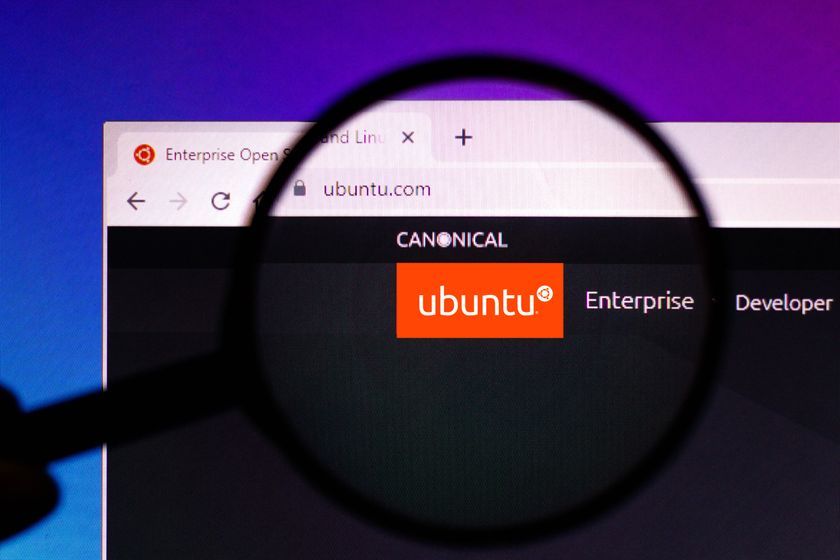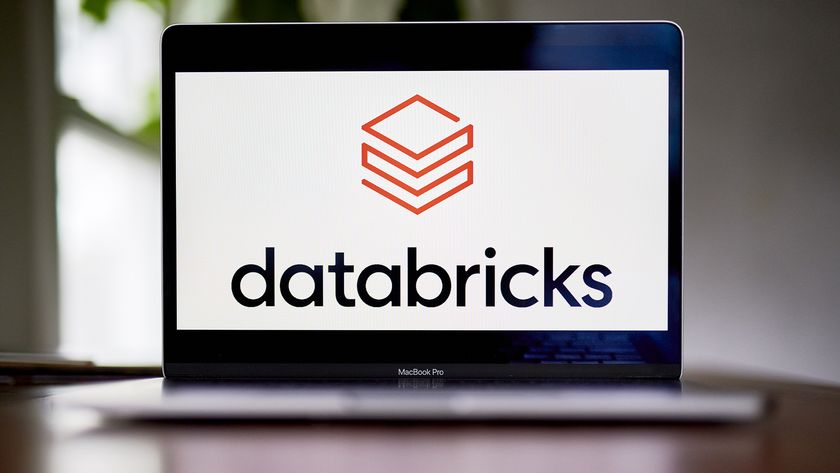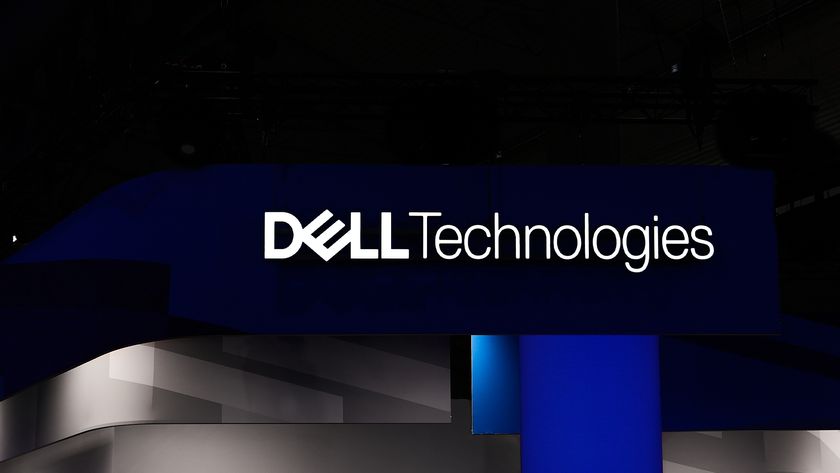Enterprise Blade Servers
Using blade servers can help you improve both data centre resource utilisation and effectiveness, and IT PRO has exclusively reviewed and tested four of the latest blade server products.
HP was first to deliver in the UK blade server market with its compact BL e-Class, which set a very high standard in terms of features and processing density. Since then it's gone from strength to strength and the latest Blade System c-Class represents a completely new architecture that has been designed from the ground up.
HP has turned to its SuperDome family and taken concepts from these to improve performance whilst the Himalaya non-stop servers provide inspiration for fault tolerance. Management capabilities come from the ProLiant server products along with their iLO (integrated lights out) features and the c-Class is designed to integrate with all of HP's standard management software.
At its foundation is the 7000c enclosure which stands at 10U high and offers sixteen half-height or eight full-height server blade slots. It has a 5Tb/sec mid-plane which also incorporates design concepts from Tandem systems. All sixteen slot connectors are routed through to multiple power supplies and network expansion modules and each blade has its ports directed to different expansion slots for network connections. Power is particularly well catered for as the chassis has six power inputs at the rear each fed by a hot-plug supply. Fault tolerance is extremely good as you would need to lose four power supplies before a server blade slot would fail.
The new cooling modules are rather smart as they are based on jet engine design principals with the aim of achieving maximum efficiency and low noise levels. A quick peek down the end of a fan module is enough to confirm this as the metal fan is, indeed, shaped more like a turbine. All air flow from the fan modules is spread across the entire chassis so each blade slot does not have any dedicated modules. Louvres in each blade slot only open when a fan module is present and thermal sensors in the chassis can control fan speeds dynamically. If you do need to replace a fan module you'll be pleased to know they only cost around 80 each.
An operator panel and LCD screen is provided on the chassis for basic system commissioning, fault analysis, assigning IP addresses to individual blades and checking on general system health. Usefully, it provides a chat mode where text based conversations can be conducted between a remote manager and support staff local to system. Up to two management blades can be installed for redundancy and each is equipped with network and serial ports plus an embedded iLO 2 chip. Connectivity options abound as the chassis has eight slots at the rear and HP offers an extensive range of modules. These include 16-port pass-through blades plus Gigabit switches which have been designed by Cisco Systems specifically for HP. Other modules include 12 and 24-port Brocade FC SAN switches and another with eight copper Gigabit and four mini-GBIC slots with SFP modules available for SX, LX and LH fibre connections.
HP's virtual connection module tackles the problems of blade deployment in large businesses with complex security and change management procedures. It allows you to use your own MAC address pool so when a blade is replaced with a new one it can be assigned an address from a virtual pool. This is designed to speed up deployments and upgrades and is quite secure as HP creates and registers the MAC addresses in the pool for you. A virtual connect module with a pool of WWNs for FC SAN deployment is expected later this year.
HP offers an extensive range of server blades with options for half-height and full-height models. It is focusing heavily on Intel's Series 5100 processors and although it can make the 5000 processors available it only sees these as suitable for validation purposes only. HP has also standardised on SAS storage across the range as it provides the best performance. It doesn't recommend using SATA hard disks with its blades but you can install them if you wish. Build quality and design is very good with the DL460c half-height blade, for example, offering two hot-swap drive bays. The processors are mounted underneath and topped off with solid passive copper heatsinks. The storage backplane comes with an embedded Smart Array RAID controller and cache memory which can be upgraded with an optional 128MB cache module with battery backup pack. Further back are two expansion slots which are based on PCI Express technology and accept Gigabit NIC and FC cards.
Get the ITPro. daily newsletter
Sign up today and you will receive a free copy of our Focus Report 2025 - the leading guidance on AI, cybersecurity and other IT challenges as per 700+ senior executives
Network options are particularly good as the blade has a pair of embedded Gigabit NICs which incorporates a TOE and hardware iSCSI initiators. The full height blades deliver greater storage potential with room for up to four SAS and SATA 2.5in hard disks and the storage controller delivers support for RAID0, 1, 5 and 6. Three free slots are available and support extra Gigabit and FC expansion cards. Remote management is on the cards for all HP's blades as each one also has an embedded iLO 2 chip on board. HP goes with the flow to AMD as well as it also plans to offer a comprehensive range of Opteron based server blades.
HP's Onboard Administrator provides full remote browser access to the chassis and its home page opens with a system status readout showing colour coded icons for errors and faults. A wizard is also provided to help with initial installation. An Explorer style menu makes light work of accessing the various functions and photo-realistic pictures of the chassis provide an at-a-glance view of installed components. Power control is very high on the agenda as the Onboard Administrator provides an instant readout on chassis power consumption, power available, current BTU/hr, max BTU/hr and temperatures. The total VA power draw for the entire chassis can be set from this interface and a dynamic power saving mode will attempt to run some supplies at a higher rate so that it can put others into a standby mode. Power controls extend to the blades where the processors can be controlled dynamically to limit power consumption. We also found the blade iLO management interface as easy to use as that offered by standard ProLiant servers with good access to remote control, power and diagnostics options.
HP's Insight Control Center Edition provides more in-depth management functions as the basic product includes the Systems Insight Manager tools which include enhanced browser-based remote management and monitoring. It offers high levels of information about general operations and extensive alerting facilities and can remotely access any HP blade with an Insight agent installed. You get tools to help deploy software to multiple blades and HP can supply pre-prepared disk images of a variety of operating systems. There's even more as you get tools for vulnerability and patch management, BIOS and driver version control and performance monitoring and alerting.
The Blade System c-Class is without doubt one very classy blade server with a range of sophisticated features and management facilities. One drawback is the lack of backward compatibility with previous generations of HP's blade servers but if you're new to the game then the c-Class has everything needed to run critical enterprise applications with mainframe level fault tolerance.
Verdict
A superbly designed system with masses of fault tolerance, plenty of server options and quality management features - blade server technology simply doesn't get any better than this.
Chassis: 10U rack enclosure; 8 full height/16 half height slots; up to six 2250w power supplies (min. two supplies), up to ten hot-swap cooling fans (min. four fans); up to two management modules with 10/100BaseTX, serial and embedded iLO 9one as standard); eight interconnect slots; operator panel and LCD display - from £2,421 (exc. VAT) Interconnect modules: 16-port Ethernet Blade Switch - £737 (exc. VAT) 16-port Cisco Catalyst 3020 Blade Switch - £2,527 (exc. VAT) 12-port Brocade 4Gbps FC SAN switch - from £3,159 (exc. VAT) BL460c server blade: half-height chassis; 1 x 1.6GHz Intel 5110 Xeon; Intel 5000P chipset; 1GB 533MHz FB DIMM memory; 8 DIMM slots; 2 x hot-swap SAS/SATA hard disk bays (no disks); Smart Array E200i Controller with 64MB cache; 2 x Gigabit Ethernet with TOE and iSCSI; 2 x expansion slots - from £1,065 (exc. VAT) BL480c server blade: full height chassis; 1 x 1.6GHz Intel 5110 Xeon; Intel 5000P chipset; 2GB 533MHz B DIMM memory; 12 DIMM slots; 4 x hot-swap SAS/SATA hard disk bays (no disks); Smart Array P400i Controller with 256MB cache; 4 x Gigabit Ethernet with TOE and iSCSI; 3 x expansion slots - from £1,545 (exc. VAT)
Current page: HP Blade System c-Class
Prev Page Dell PowerEdge 1955 Next Page Fujitsu Siemens PRIMERGY BX600 S2Dave is an IT consultant and freelance journalist specialising in hands-on reviews of computer networking products covering all market sectors from small businesses to enterprises. Founder of Binary Testing Ltd – the UK’s premier independent network testing laboratory - Dave has over 45 years of experience in the IT industry.
Dave has produced many thousands of in-depth business networking product reviews from his lab which have been reproduced globally. Writing for ITPro and its sister title, PC Pro, he covers all areas of business IT infrastructure, including servers, storage, network security, data protection, cloud, infrastructure and services.
















